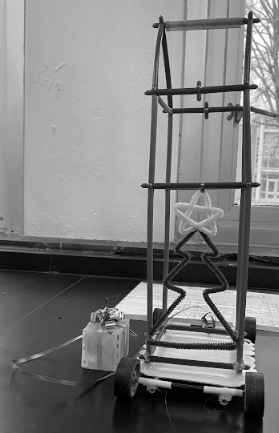East coast watches rocket light up sky
Skywatchers all along the East Coast were able to capture photos of the launch of Minotaur 1. On Tuesday, November 19, 2013, NASA launched the rocket into orbit from Wallops Flight Facility and Mid-Atlantic Regional Spaceport on Wallops Island, Va.
According to the NASA, the mission nicknamed the ORS 3 mission, tested for trajectory targeting and range safety systems. Minotaur 1 carried 29 different satellites, including the guts of a smartphone and satellite built by students.
“I think it is a fascinating mission,” said astronomy teacher Douglas Heeter.
The guts of the smartphone will be controlled by NASA through a control system for satellites. It will remain in a 250 mile orbit for over two years. Solar panels and a lot of extra batteries will be what keep this phone up and running.
“This just displays the amazing technological advances being made,” said Heeter.
The satellite built by students was created by Thomas Jefferson High School for Science and Technology at Alexandria, Va. The two-pound box holds a voice synthesizer that converts texts to voice and then brings it back to earth through an amateur radio.
“The fact that students can accomplish this is a sign of the phenomenal stem education in schools,” said Heeter.
The primary goal of this mission was to attempt to decrease the cost and increase response times by testing out new equipment and procedures. NASA also hopes that the rocket will be able to enable its own flight termination should it go off course.
“It should make things more efficient because of all the advancements made by NASA, said Heeter.
The continued quest for space superiority continues between the U.S. and Russian scientists.
While this mission is supposed to break the record for the most payloads (satellites) in history, it will not be holding the record for very long. About nine thousand kilometers away from Wallops Island, Va, the Dombarovsky missile base in Russia’s Orenburg Oblast region is preparing a Dnepr that will launch 33 payloads into orbit. The 111 foot rocket was launched less than 32 hours after Minotaur’s 1 take-off.
“I think this is a quiet comeback from the Russians towards the space race,” said Heeter.
Aboard this rocket carried 33 different satellites for students, corporations, and government agencies from 18 countries and five continents adding to the 13,000 satellites that are already floating around in Earth’s orbit.





